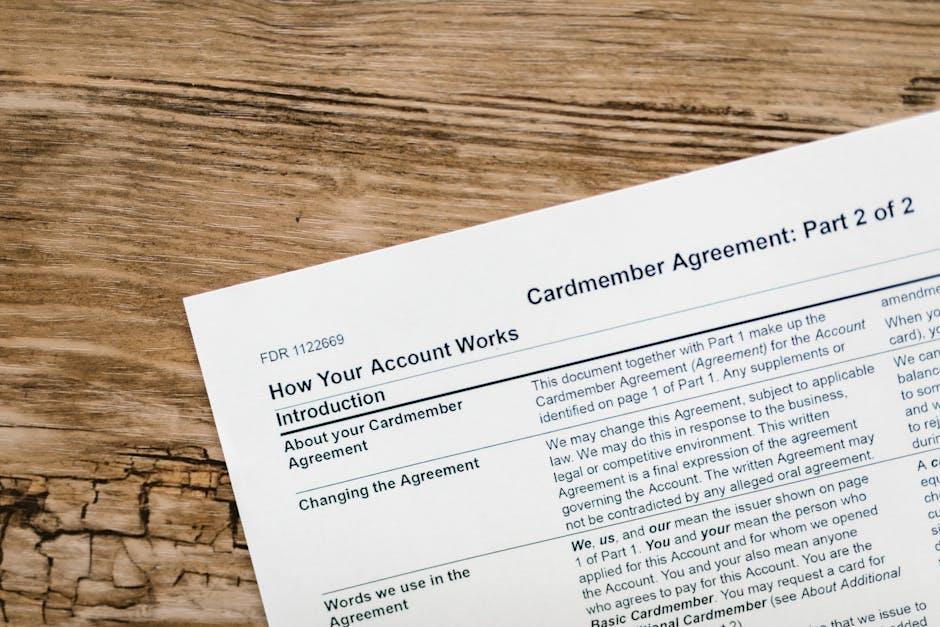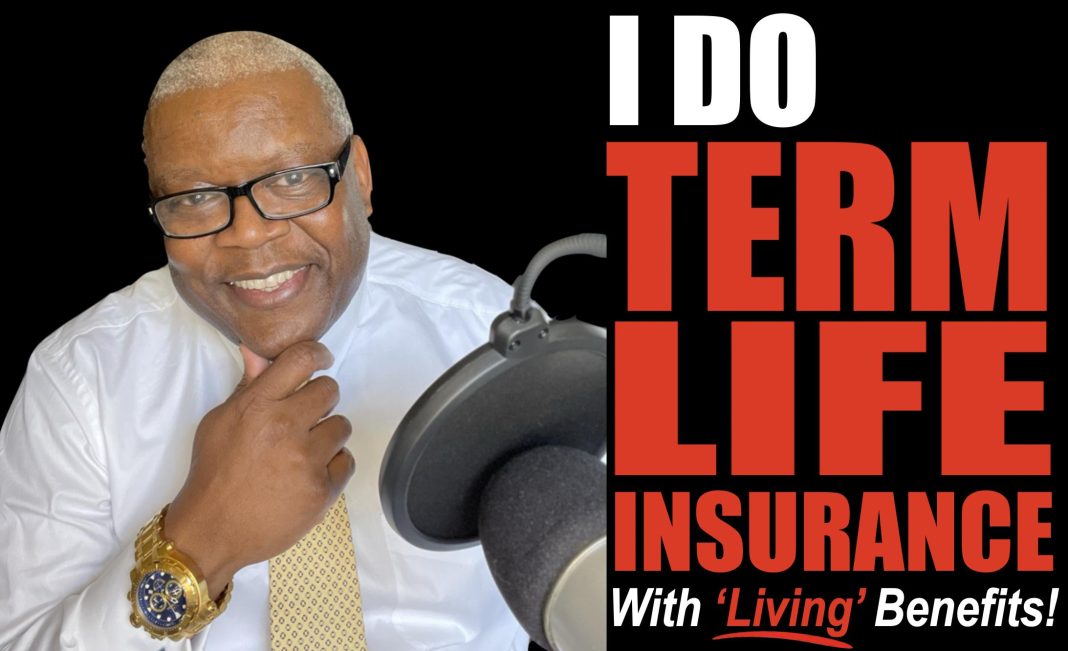Life insurance is a critical component of financial planning, offering a safety net for loved ones in the event of an untimely death. Among the various types of life insurance, term and whole life policies are two of the most prevalent options available to consumers. Term life insurance provides coverage for a specific period, typically at a lower initial cost, while whole life insurance offers lifelong protection with the added benefit of cash value accumulation. As financial situations and goals evolve, policyholders may find themselves contemplating whether to convert their term life insurance to whole life insurance. This decision involves weighing a variety of factors, including cost, long-term financial objectives, and coverage needs. In this article, we will explore the key considerations and potential implications of making such a conversion, helping you determine whether it aligns with your financial strategy and personal circumstances.
Benefits and Drawbacks of Term to Whole Life Conversion
Converting a term life insurance policy to a whole life policy can offer a range of benefits, but it also comes with certain drawbacks that should be carefully considered. Benefits of such a conversion include the transition from temporary to permanent coverage, ensuring lifelong protection. Whole life policies often accumulate cash value over time, providing a potential source of funds for future needs or emergencies. Additionally, converting to whole life can lock in premiums at a younger age, which might be advantageous as you grow older.
However, there are drawbacks to this conversion as well. Whole life insurance generally comes with higher premiums compared to term life, which might not be financially feasible for everyone. The cash value growth, while beneficial, tends to be slow in the initial years, limiting immediate financial flexibility. Moreover, the decision to convert is often irreversible, so it’s crucial to evaluate whether the long-term benefits outweigh the costs. Consider your current financial situation, future goals, and whether the permanence of whole life aligns with your needs before making a decision.
Evaluating Financial Implications and Long-Term Goals
When contemplating the transition from term life insurance to whole life, it’s crucial to scrutinize both the immediate financial impact and the alignment with your long-term objectives. Whole life insurance typically comes with higher premiums, which can significantly affect your budget. Consider these factors:
- Current Financial Situation: Assess whether your current income can comfortably accommodate the increased premium payments without compromising your lifestyle or savings goals.
- Investment Component: Whole life policies often include a cash value component that can grow over time. Evaluate if this aligns with your investment strategy and risk tolerance.
Equally important is how whole life insurance fits into your broader financial roadmap. Are you seeking to leave a legacy, or do you prioritize flexibility and liquidity in your financial plans? Understanding your long-term goals will help you decide if the permanent coverage and potential cash value growth of whole life insurance are worth the higher costs. Balancing these considerations will guide you in making a decision that not only meets your present needs but also supports your future aspirations.

Understanding Policy Features and Flexibility Options

Expert Recommendations for Different Life Stages
Choosing whether to convert term life insurance to whole life depends significantly on one’s current life stage. Here are some expert recommendations tailored to various phases of life:
- Young Adults: If you’re just starting your career and looking to build a financial safety net, converting to whole life insurance might not be necessary. Instead, focus on maximizing your savings and investments.
- Young Families: For those with young children or significant financial responsibilities, conversion can offer lifelong coverage and a cash value component, which can be a useful financial tool for future needs.
- Middle-Aged Adults: As you approach midlife, consider your retirement goals. If your financial situation is stable, converting can ensure coverage for life, providing peace of mind and a potential legacy for your beneficiaries.
- Pre-Retirement: With retirement on the horizon, whole life insurance can serve as a stable financial asset. Experts suggest evaluating your estate planning needs to determine if a conversion aligns with your long-term objectives.

